|
|
|
Fort DeSoto in spring is rife with tame birds, many in full breeding plumage. Click on the composite to enjoy a larger version. Clockwise from upper left around to center: Laughing Gull landing on head of Brown Pelican, Laughing Gull in flight, Reddish Egret sunrise silhouette, Great Blue Heron with needlefish, Yellow-crowned Night Heron with ghost crab, Roseate Spoonbill, Sanderling in breeding plumage, and white morph Reddish Egret in glorious breeding plumage. |
The 2023 Spring Fort DeSoto Instructional Photo Tours (IPTs)
Spring Fort DeSoto IPT #1: Tuesday 28 March through the morning session on 31 March 2023. 3 1/2 Days: $1899.00 includes three working brunches. Limit six photographers.
Spring Fort DeSoto IPT #2: Tuesday 11 April through the morning session on 14 April 2023. 3 1/2 Days: $1899.00 includes three working brunches. Limit six photographers.
Spring Fort DeSoto IPT #3: Tuesday 9 May through the morning session on 12 May 2023. 3 1/2 Days: $1899.00 includes three working brunches. Limit six photographers.
Fort DeSoto, located just south of St. Petersburg, FL, is a mecca for terns and gulls, wading birds, and shorebirds in spring. Many of the birds will be in full breeding plumage. Simply put, DeSoto is the new Ding Darling. Migrant shorebirds are in abundance, and many are exceedingly tame. We should have great chances on Royal and Sandwich Terns and both white- and dark-morph Reddish Egrets. Great Egret, Snowy Egret, Great Blue Heron, Tricolored Heron, and White Ibis are easy as well and we will almost surely come up with a tame Yellow-crowned Night-Heron or two along with some American Oystercatchers. We will enjoy lots of great flight photography, especially with the Brown Pelicans.
|
|
|
Again, Fort DeSoto in spring is rife with tame birds, most in breeding plumage. Click on the composite to enjoy a larger version. Clockwise from upper left around to center: Laughing Gull in flight, Yellow-crowned Night-Heron, Sandwich Terns copulating, Roseate Spoonbill, Great Egret with reflection, breeding plumage Short-billed Dowitcher, American Oystercatcher, Royal Tern, white morph Reddish Egret, and Snowy Egret in marsh. |
In Addition!
We should also get to photograph a variety of other shorebirds including Black-bellied, Semipalmated, Wilson’s, Snowy, and Piping Plovers, Willet, Dunlin, Short-billed Dowitcher, Marbled Godwit, and most especially, Red Knot, with many individuals in their handsome breeding plumages. In spring the T-shaped peninsula and the newly formed sandbar, Outback Key, are literally packed with avian treasures.
With just a bit of luck, we may get to photograph one of Florida’s most desirable species: Roseate Spoonbill. And we will surely get to do some Brown Pelican flight photography. With luck, they will have Laughing Gulls landing on their heads. And though not guaranteed, Wood Stork might well be expected. And we will be on the lookout for a migrant passerine fallout in the event of a thunderstorm or two.
|
|
|
Yes, Fort DeSoto in spring is rife with tame birds, most in breeding plumage. Click on the composite to enjoy a larger version. Clockwise from upper left around to center: breeding plumage Dunlin, dark morph Reddish Egret displaying, Laughing Gull vertical front-end portrait, Laughing Gull with prey item, landing on head of Brown Pelican, breeding plumage Royal Tern displaying, Royal Terns — pre-copulatory stance, Laughing Gulls copulating, Laughing Gull head portrait, breeding plumage Sandwich Tern with fish, and a rare treat, a breeding plumage White-rumped Sandpiper. |
What You Will Learn on a DeSoto IPT
- 1- The basics and fine points of digital exposure; how to get the right exposure every time after making a single test exposure (or before if you are using SONY gear).
- 2- How and why to work in Manual mode (even if you’re scared of it).
- 3- How to approach free and wild birds without disturbing them.
- 4- Lots about bird behavior and how to use that knowledge to help you create better images.
- 5- To age and identify many species of shorebirds including various sandpipers, plovers, dowitchers, and possibly yellowlegs.
- 6- To spot good situations and to choose the best perspective.
- 7- To see, evaluate, and understand the light.
- 8- To design pleasing images by mastering your camera’s AF system.
- 9- And perhaps most importantly, to evaluate wind and sky conditions and understand how they affect bird photography.
- 10- More than you could ever imagine.
|
|
|
You’ve got it by now! Fort DeSoto in spring is rife with tame birds, many in breeding plumage. Click on the composite to enjoy a larger version. Clockwise from upper left around to center: Roseate Spoonbill, immature Brown Pelican in flight, the heron/egret hybrid, American Oystercatcher feeding, immature Royal Tern on railing, Great Egret morning silhouette, Black Skimmer in surf, and underside head portrait of Great Blue Heron. |
The Details
Morning sessions will run two and one-half to three hours; afternoon sessions about two. There is never a set schedule on an IPT — we adapt to the conditions. On cloudy mornings with the right wind, we may opt to photograph till noon and skip the afternoon session. That especially when the afternoon weather is looking iffy. We may opt to visit a great North Tampa rookery if conditions warrant that.
There will be a Photoshop/Image Review session before and after brunch (included) each of the three full days. That will be followed by Instructor Nap Time. Each of these IPTs will run with only a single registrant as I do not like disappointing anyone. The best airport is Tampa (TPA). Once you register, you will receive an e-mail with lodging information. Do know that it is always best if IPT folks stay in the same general area (rather than at home or at a friend’s place a good distance away).
Folks attending this IPT will be out in the field as early as possible and stay out late to take advantage of sunrise and sunset colors; this is pretty much a staple on almost all BIRDS AS ART Instructional Photo-Tours. Doing so will often present unique photographic opportunities, opportunities that will be missed by those who need their beauty rest and those who need to get home for a proper dinner. I really love it when I am leaving the beach at 9:30am on a sunny morning after a great session just as a carful or two of well-rested photographers are arriving … We will be getting wet.
Your $599 deposit is due now. Credit cards are OK for that. You can register by calling Jim or Jennifer during weekday business hours at 863-692-0906 with a credit card in hand. Once you leave a deposit, you will receive an e-mail with your balance statement and instructions for sending your balance check three months before the trip begins. If you wish to pay in full right off the bat, you can make your check out to BIRDS AS ART and send it via US mail here: BIRDS AS ART, PO BOX 7245, Indian Lake Estates, FL 33855. You will receive a confirmation e-mail with detailed instructions, and clothing and gear advice two months before the trip. Please shoot me an e-mail if you plan to register or if you have any questions.
IPT veterans and couples or friends signing up together may e-mail for discount information.
What’s Up?
With a bit of a sore throat, I took it easy on Saturday. I even skipped my swim.
While the water in yesterday’s Image #4 is wildly dramatic, I am not thrilled by the near-wing position. Image #3 was my favorite because of the great look at the bird’s face and the fish and the even, light-toned background. Consider joining me on one of the DeSoto IPTs below to learn a ton and get in on the great action and flight photography.
Today is Sunday 29 January 2023. I will be working on a San Diego video. I have been learning to process a1 video in iMovie. This blog post took about 90 minutes to prepare (including the time spent on the three image optimizations) and makes three hundred-six days in a row with a new, educational post. Wherever you are and whatever you are doing, I hope that you too have a great day.
Please, please, pretty please remember to use my B&H or Bedford’s affiliate programs for all your new gear purchases.
The plan is to continue to post every day until the streak reaches one year and one day and then go back to posting every other day.
Please remember to use the B&H and Amazon links that are found on most blog pages and to use the BIRDSASART discount code at checkout when purchasing your new gear from Bedfords to get 3% back on your credit card and enjoy free second-day air FedEx. Please, also, consider joining a BAA IPT. You will be amazed at how much you will learn!
You can find some great photo accessories (and necessities, like surf booties!) on Amazon by clicking on the Stuff tab on the orange/yellow menu bar above. On a related note, it would be extremely helpful if blog-folks who, like me, spend too much money on Amazon, would get in the habit of clicking on the Amazon logo link on the right side of each blog post when they shop online. As you might expect, doing so will not cost you a single penny, but would be appreciated tremendously by yours truly. And doing so, works seamlessly with your Amazon Prime account.
Please remember that if an item — a Delkin flash card, or a tripod head — for example, that is available from B&H and/or Bedfords, is also available in the BAA Online Store, it would be great, and greatly appreciated, if you would opt to purchase from us. We will match any price. Please remember also to use my B&H affiliate links or to earn 3% cash back at Bedfords by using the BIRDSASART discount code at checkout for your major gear purchases. Doing either often earns you free guides and/or discounts. And always earns my great appreciation.
Induro GIT 304L Tripod
Out of production for more than two years, BAA sold its last one in December. The good news? We now have two more new-in-the-box tripods. They are now available for shipping. Best to order yours now to be sure that you get one. The 304L was my go-to tripod for more than a decade. Best to grab order yours right now to avoid being disappointed.
|
|
|
This image was created on 29 April 2022 on a Spring 2022 Fort DeSoto Park IPT. Standing at full height, I used the handheld Sony FE 200-600mm f/5.6-6.3 G OSS lens (at 400mm) and The One, the Sony Alpha 1 Mirrorless digital camera. ) The exposure was determined using Zebra technology with ISO on the Thumb Dial. ISO 800. 1/3200 second at f/6.3 (wide-open) in Manual Mode. AWB at 9:22:03am on a mostly sunny morning. RawDigger showed the exposure to be dead-solid perfect. Tracking: Zone/AF-C with Bird Face/Eye Detection performed perfectly. Be sure to click on the image to enjoy a high-res version. Image #1: Brown Pelican fishing
|
Content-Aware Fill
I zoomed out for this one, but not quite enough. I clipped about 1/2-inch of a single primary tip of the far wing. I expanded canvas just a bit using Content-Aware Crop and was expecting to have some work to do once it rendered. I was surprised to see that Content-Aware Crop did a perfect job of adding the missing wingtip. I did have to do a bit of work on the background near the re-built wingtip.
|
|
|
This image was also created on 29 April 2022 on a Spring 2022 Fort DeSoto Park IPT. Standing at full height, I used the handheld Sony FE 200-600mm f/5.6-6.3 G OSS lens (at 433mm) and The One, the Sony Alpha 1 Mirrorless digital camera. ) The exposure was determined using Zebra technology with ISO on the Thumb Dial. ISO 800. 1/3200 second at f/6.3 (wide-open) in Manual Mode. AWB at 9:22:24am on a mostly sunny morning. RawDigger showed the exposure to be dead-solid perfect. Tracking: Zone/AF-C with Bird Face/Eye Detection performed perfectly. Be sure to click on the image to enjoy a high-res version. Image #2: Brown Pelican emerging with tiny fish in bill
|
Same Bird?
Image #1 was my favorite of a 10-frame sequence created in a single second (I kept four). Images #2 and 3 were my picks from a 35-frame sequence created in less than 2 seconds. (I kept 14 of those!) As the bird in the two sequences looked quite similar and the two sequences were created just 21 seconds apart, I was not sure if they were the same bird. Close examination of the base of the upper mandibles revealed that the bird in Image #1 was not the same bird as the bird in Images #2 and 3.
|
|
|
This image was also created on 29 April 2022 on a Spring 2022 Fort DeSoto Park IPT. Standing at full height, I used the handheld Sony FE 200-600mm f/5.6-6.3 G OSS lens (at 433mm) and The One, the Sony Alpha 1 Mirrorless digital camera. ) The exposure was determined using Zebra technology with ISO on the Thumb Dial. ISO 800. 1/3200 second at f/6.3 (wide-open) in Manual Mode. AWB at 9:22:24am on a mostly sunny morning. RawDigger showed the exposure to be dead-solid perfect. Tracking: Zone/AF-C with Bird Face/Eye Detection performed perfectly. Be sure to click on the image to enjoy a high-res version. Image #3: Brown Pelican leaving the scene with tiny fish visible in its distended bill pouch
|
30-Frames per Second
The huge advantages of 30-frames per second camera bodies are apparent as you read the info under Image #2 and view today’s three featured images. When shooting birds in fight, having a choice of wing positions and flight poses is the key to success. Remarkably, all 45 Sony A1 images in the two series were razor sharp on the eye. Whatever camera body you are using, I recommend that you use the highest possible frame rate when photographing birds. I sometimes run into folks who do otherwise and state, “I do not want to have to edit so many images.” To me, that is ridiculous. When I am editing a session folder in Photo Mechanic, the keepers practically leap off the screen shouting “Tag me, tag me!” Not to mention that Photo Mechanic (unlike Bridge) is blazingly fast.
I always wanted to be good at photographing birds in flight. The Sony a9II was my first step toward reaching that goal. With my two Sony A1 bodies, all poor results are due to operator error. I can finally say with confidence that I am good at photographing birds in flight. With the two sequences discussed above, I deleted 27 properly framed, sharp on the eye flight shots. Five years ago, any one of those would have thrilled me.
Your Call?
Which of today’s three featured images is your favorite? Please leave a comment letting us know why you made your choice.
|
|
|
Click on the image to better see the green eye-AF boxes in action. Sony Alpha 1 Flight Photography AF Points! |
The SONY Alpha a1 Set-up Guide and Info Group: $150.00 (or Free)
The SONY Alpha a1 Set-up Guide and Info Group is going great guns as more and more folks chime in with thoughtful questions and experience-based answers. As the a1 is becoming more readily available, more and more folks are getting their hands on this amazing body. By June 1, 2022, the group was up to an astounding 124 lucky and blessed folks. (More than a few folks own two or more a1 bodies! Early on, we discussed the myriad AF options. I gave my opinion as to the best one for flight and general bird photography. The best news is that everyone in the group receives an e-mail that includes a .DAT file with my a1 settings on it, and explicit directions on how to load my settings onto your a1; talk about convenience! I am now offering a .DAT file compatible with firmware update 1.20. Your entry into the group includes a consolidated Sony a1 CAMSETA2 INFO & GUIDE. New a1 folks will now receive six e-mails instead of the previous 28! You will receive new e-mails as they are published. Simply put, this e-mail guide is an incredible resource for anyone with an a1.
All who purchased their Alpha 1 bodies via a BAA affiliate link — B&H or Bedfords — will receive a free Sony Alpha a1 Set-Up Guide and free entry into the Info Updates group after shooting me their receipts via e-mail. (Note: it may take me several days to confirm B&H orders.). Others can purchase their guide here in the BAA Online Store.
Typos
With all blog posts, feel free to e-mail or to leave a comment regarding any typos or errors.

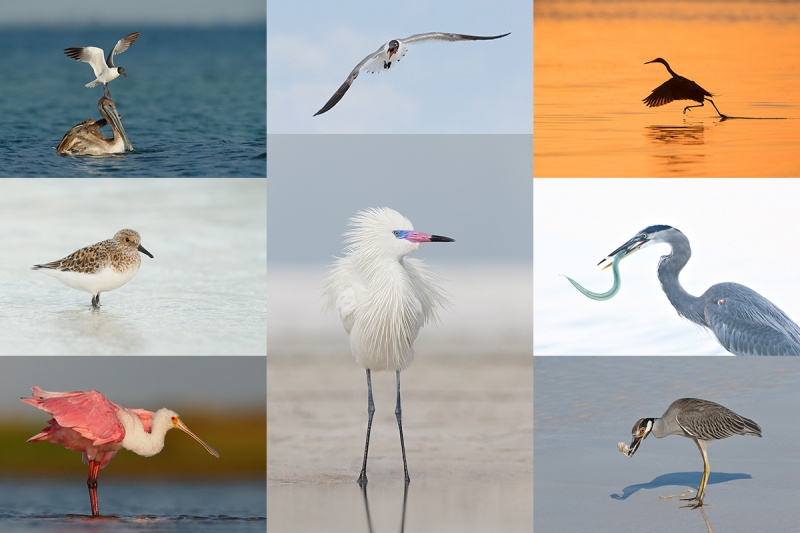
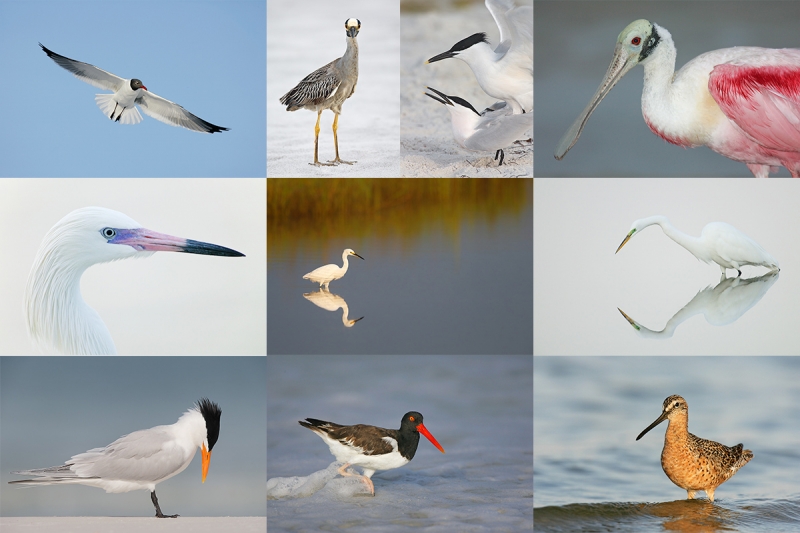
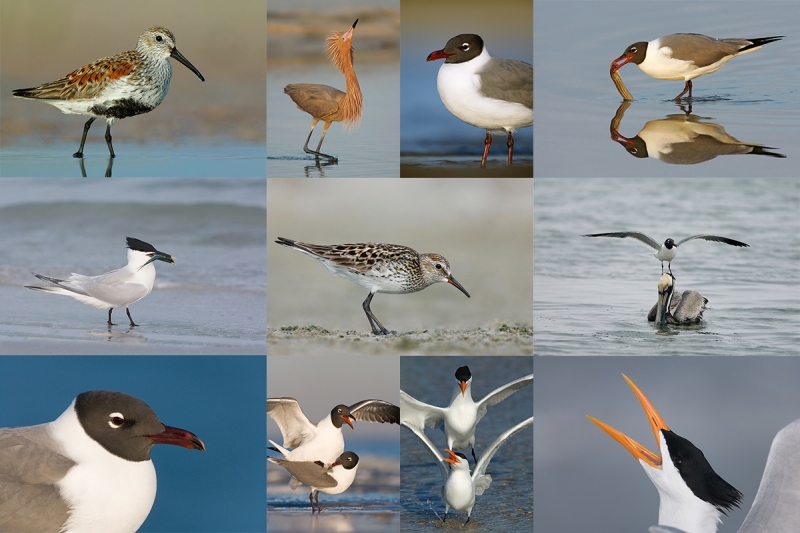
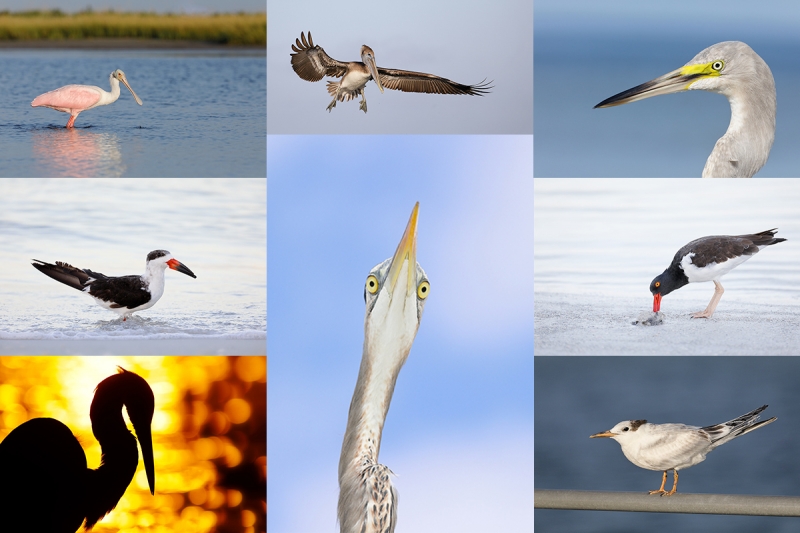
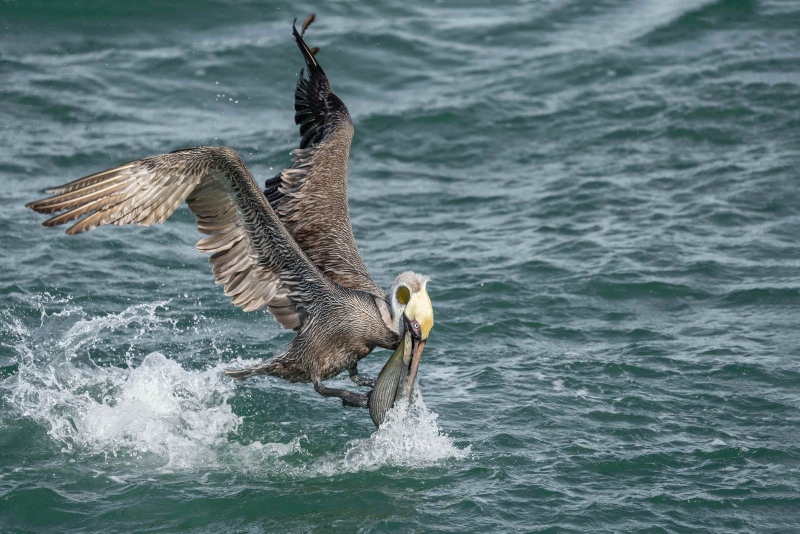
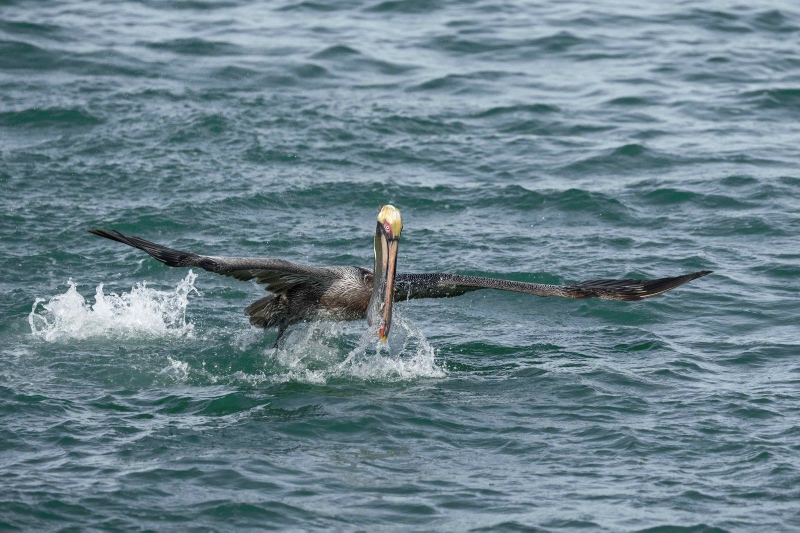
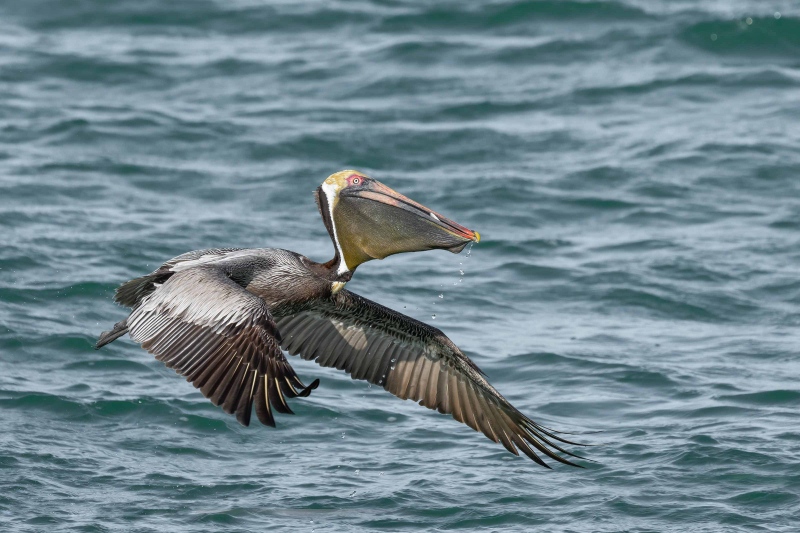
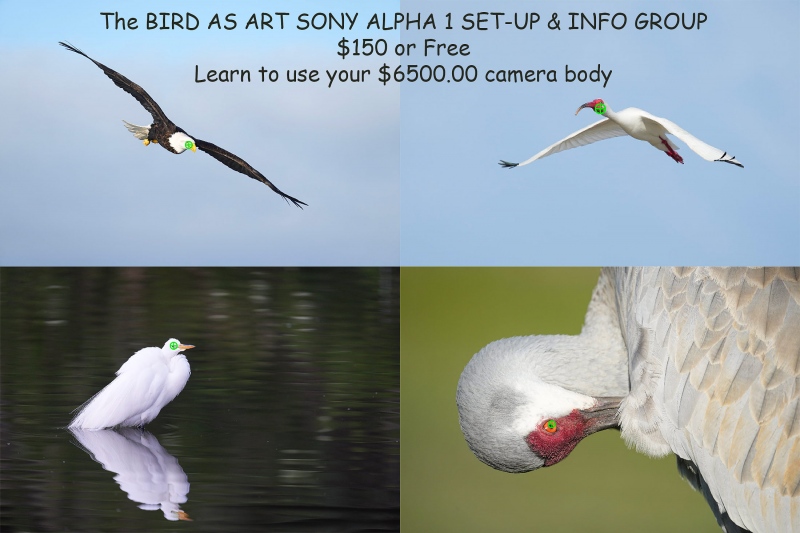













Image #1 and #2 and #3 of Brown Pelican are interesting and well made!
Artie
I love the action in #1 with the bill/pouch in the water as if skimming, the water splashing, pretty cool shot!
Also #3 with the pouch showing well and the water droplets coming out, with the tiny sliver of fish showing and perfect head angle I’d love all of them in my collection! 🙂
Always with love b
PS take care of the soar throat
Hi Artie, Image #1 is my favorite. Lots of action. It tells a little more of a story. The bill pouch is distended. Wings are nicely displayed.
Artie, I would be happy with any of the three, and probably any of the 27 deleted. If I had to choose, I would pick #1 because of the action just after diving for fish and the contrasty water spray. Beautiful sea color in all three.
I am interested in receiving the SONY Alpha a1 Set-up Guide and Info Group. I purchased my a1 from B&H back on May 15, 2022, Order # 1083442059. Since receiving it, I have been using Steve Perry’s a1 set-up which is Manual + Auto-ISO for birds and birds in flight, which is my passion. As a side note, I had the pleasure of spending time with you in Bosque del Apache back in mid 2000, I still feel that it was the greatest photographic experience. Hope that one day I can attend one of your Fort DeSoto IPT’s
Hi Steve, It is good to hear from you after 2+ decades. As note here on the blog almost daily for two years, the a1 group is free only to those who made their B&H purchases using my B&H affiliate link. I checked my account and unfortunately for me and for you, you did not use my link. With all due respect to Mr. Perry, using Manual + Auto-ISO for birds and birds in flight is patently ridiculous (as noted here in a recent blog post). What do you do when the background changes from light to dark?
Ah, in the early 2000s Bosque was still wondrous — it took them several years to ruin the place even thought they tried hard from the very beginning.
My best advice would be to call Jim tomorrow and purchase an a1 group membership. I can have the e-mails to you tomorrow. Why own a $7,000 camera and not have it set up to perform efficiently?
I hope to see you on a DeSoto IPT this spring.
with love, artie